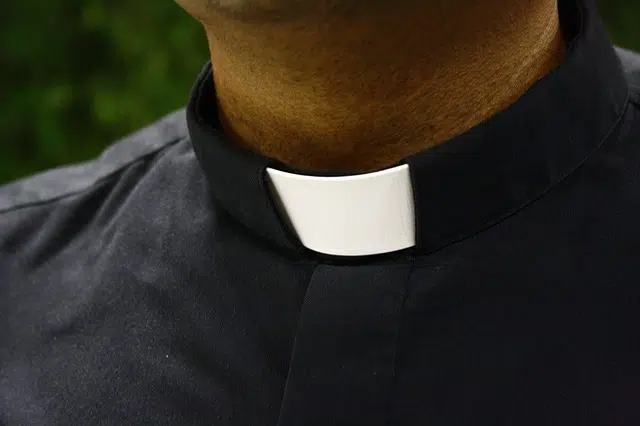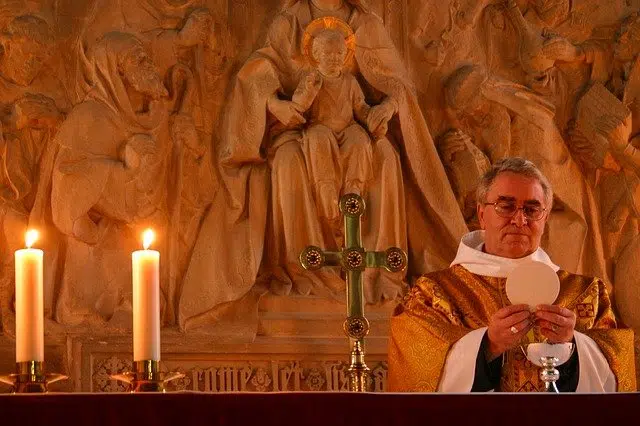
A presbyter is a priest.
The first thing we are going to do, before entering fully into establishing the meaning of the term presbyter , is determine its etymological origin. In this sense, it must be stated that it derives from Latin, specifically from “presbyter”. However, this word, in turn, emanates from the Greek “presbyteros”, which can be translated as “the oldest”.
The notion of presbyter is used in different ways in the field of religion . Within Catholicism, presbyters are those priests who serve in a certain diocese and who respond to the same bishop.
Differences between a priest and a bishop
A presbyter, therefore, is a representative of a bishop and is authorized to act as responsible for a sanctuary, a parish or other division of his diocese. The ultimate leadership of all levels of the diocese, in any case, is found in the bishop.
It is possible, in short, to differentiate between the hierarchy of the bishop (who is authorized to administer the five sacraments) and that of the priests (who cannot administer confirmation or ordain new priests).
Sacramental degrees and powers
In order to understand this figure, it must be said that each Order has three degrees, which are the Episcopate, the Presbyter, or more commonly called priest, and the Diaconate.
Among the sacramental powers that the priest currently has are penance, confirmation, the Eucharist and the anointing of the sick. More generally, it can be said that the functions of the presbyter or priest are to preach, teach, baptize, administer the Holy Supper, visit the members, be a missionary...

A priest has several sacramental powers.
Deacons and priests
Sometimes the figures of the priest and the deacon are often confused. But it is not the same, they are different and for that it is enough to know what aspects separate them:
-The deacon, although he is part of the Order, cannot be considered a priest as such.
-In the different liturgical celebrations, the deacon, who does not have sacramental powers, is responsible for assisting the priest.
-What a deacon can carry out, because it does not involve the celebration of a sacrament or because it is not necessary to have sacramental power, is a baptism, a marriage, the celebration of a funeral...
-In liturgical ceremonies, the priest will wear a chasuble and the deacon will wear a dalmatic.
From the Old Testament to the present
In the Old Testament , presbyters were defined as those leaders and elders who, without being priests, formed a council. Already in the New Testament , the priest began to be understood as a collaborator of the disciples of Jesus in a certain service.
That is why today it can be considered that the priest is the religious who helps the bishop in his functions as director of a local church . This help usually takes the form of the pastoral service that the priest provides in a parish, preaching, offering the Eucharist and confessing to the faithful.
Priests beyond Catholicism
The Coptic and Orthodox churches, for their part, allow the priest to administer six sacraments (of the seven total). The bishops reserve the exclusivity of the sacrament of orders.
In Protestant churches , finally, the priests are the pastors , members of what is called the universal priesthood (as opposed to the ministerial priesthood).
